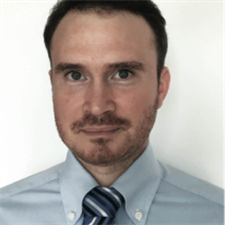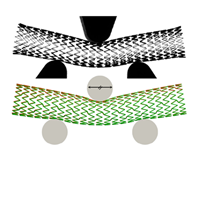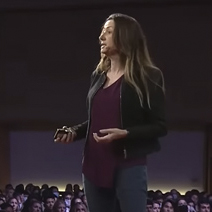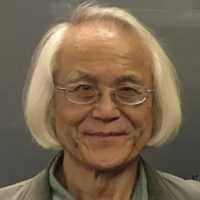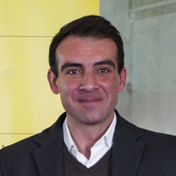events
***Video available***Severo Ochoa Seminar - "Computational methods for risk assessment", by Andrea Montanino
Wednesday, March 8th, 2023. Time: 12 noon
Hybrid - O.C. Zienkiewicz Conference Room, C1 Building, UPC Campus Nord, Barcelona / Link for online session
ABSTRACT
Risk assessment is a thematic of great relevance since it is related to the safety of people, infrastructures and cultural heritage. In this context, besides the adoption of observational-based methodologies, computational methods have a wide range of application for the quantification of the risk from different hazards.
This seminar will focus on two sources of risk: volcanic and seismic risk. Concerning volcanic events, a source of hazard for explosive volcanic eruptions is due to the generation of pyroclastic flows, a multiphase mixture of air and solid particles, which impacts structures with high pressure and temperature. The study of this phenomenon is approached through a finite element formulation of the Compressible Navier-Stokes Equations, modified for multiphase flows and stabilized through a Variational Multiscale method. The numerical code is validated against literature benchmarks and applied to a 3d domain at urban scale.

Concerning seismic risk, an application on masonry structure will be shown. Masonry structures are modelled following the Heyman assumptions of Normal Rigid No-Tension (NRNT) materials, in the framework of the Static Theorem of Limit Analysis, for which a structure is safe when it exists at least one equilibrium solution compatible with the material restrictions. The equilibrium problem is formulated through the Continuous Airy-based for Stress Singularities (CASS) method, a plate-type finite element discretization, and solved through the minimisation of a conic optimisation problem. Seismic loads are modelled through horizontal pseudo-static forces, following European standards, and are increased until a static solution still exists. The corresponding load is known as collapse load and is associated to the intensity of the seismic event to which the structure can withstand.
SPEAKER CV
 Andrea Montanino is an Assistant Professor of Mechanics of Solids and Structures at the University of Naples “Federico II” since 2019, at the Department of Structures for Engineering and Architecture. He got a PhD in “Computational Mechanics and Advanced Materials” in 2016, at the University of Pavia, working on the development of meshless methods for solid and fluid mechanics. Since 2016, he was research fellow at the Politecnico di Milano, where his research focused on the development of FSI techniques for the simulation of “in vivo” tests on the human cornea, and simulation of corneal refractive surgery interventions.
Andrea Montanino is an Assistant Professor of Mechanics of Solids and Structures at the University of Naples “Federico II” since 2019, at the Department of Structures for Engineering and Architecture. He got a PhD in “Computational Mechanics and Advanced Materials” in 2016, at the University of Pavia, working on the development of meshless methods for solid and fluid mechanics. Since 2016, he was research fellow at the Politecnico di Milano, where his research focused on the development of FSI techniques for the simulation of “in vivo” tests on the human cornea, and simulation of corneal refractive surgery interventions.
Since 2019, he collaborates with the PLINIVS centre at the University of Naples “Federico II”, where he works on the development of computational techniques for the evaluation of the risk from different hazards (volcanic, seismic and hydrogeologic).




